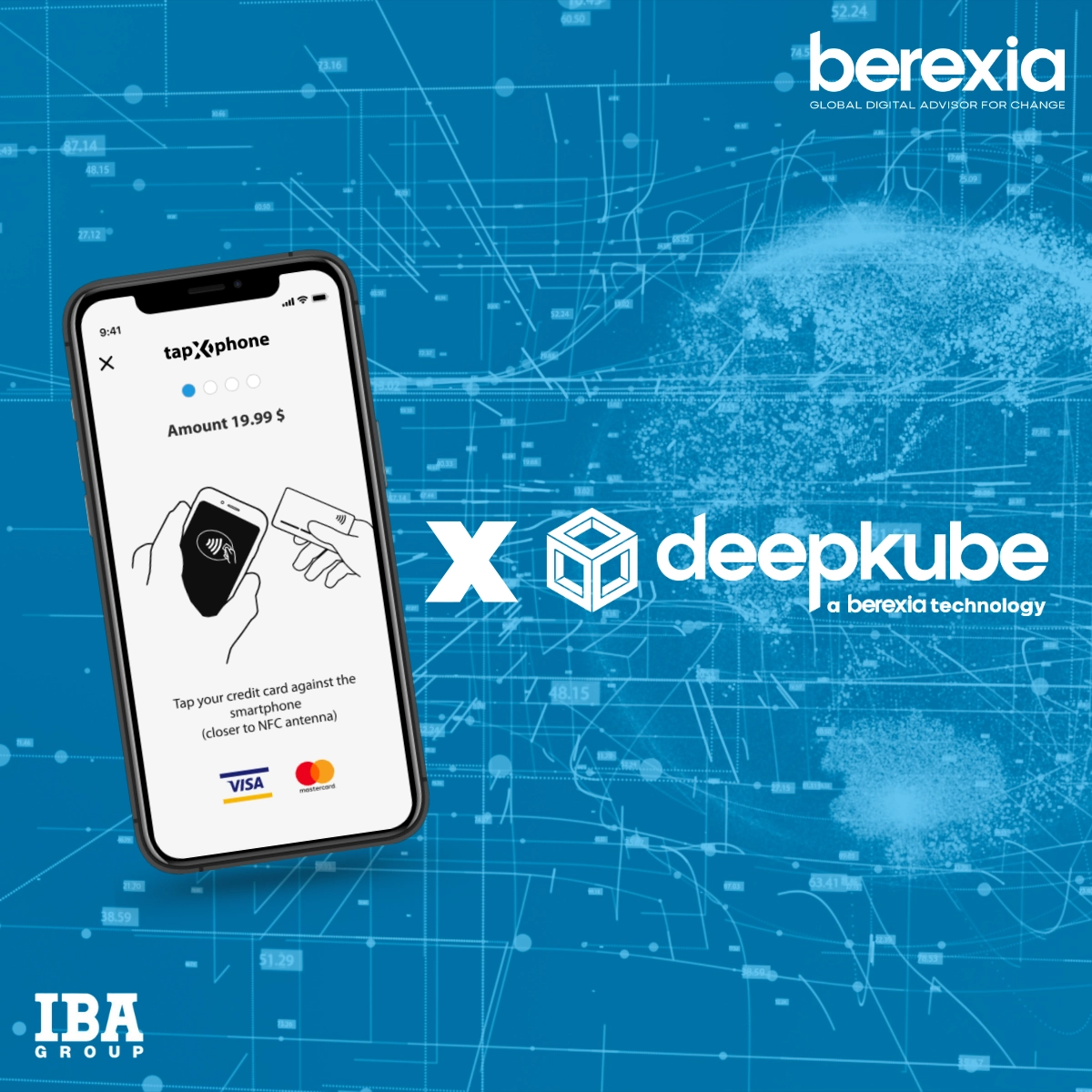The marriage of technology and finance, commonly known as FinTech, has ushered in a new era for the insurance industry. This article delves into the realm of Insurtech, showcasing how innovative technologies are disrupting traditional insurance models and reshaping the future of risk management.
The FinTech Revolution in Insurance
Insurtech represents the convergence of technology and insurance, leveraging digital platforms, data analytics, and artificial intelligence to enhance the efficiency and accessibility of insurance services.
- Digital Platforms for Seamless Operations: Insurtech companies utilize digital platforms to streamline the entire insurance value chain. From policy issuance to claims processing, the digitalization of operations reduces paperwork, enhances speed, and improves overall customer experience.
- Data Analytics for Risk Assessment: Advanced data analytics enable precise risk assessment. Machine learning algorithms analyze vast datasets to tailor insurance products based on individual behavior, preferences, and risk profiles. This personalized approach enhances accuracy and reduces uncertainties.
- AI-Powered Customer Interactions: Insurtech leverages artificial intelligence for customer interactions. Chatbots and virtual assistants provide instant support, address queries, and facilitate a smoother claims process. This automation enhances customer satisfaction and reduces response times.
- Blockchain for Security and Transparency: Blockchain technology ensures secure and transparent transactions in insurance. Smart contracts automate claims settlements, reducing the risk of fraud and enhancing the overall trustworthiness of the insurance process.
Conclusion
The FinTech revolution in insurance, driven by Insurtech, marks a significant departure from traditional models. As digitalization, data analytics, and AI continue to reshape the industry, insurers are poised to offer more tailored products, improved customer experiences, and a more transparent, efficient, and secure insurance ecosystem.

























